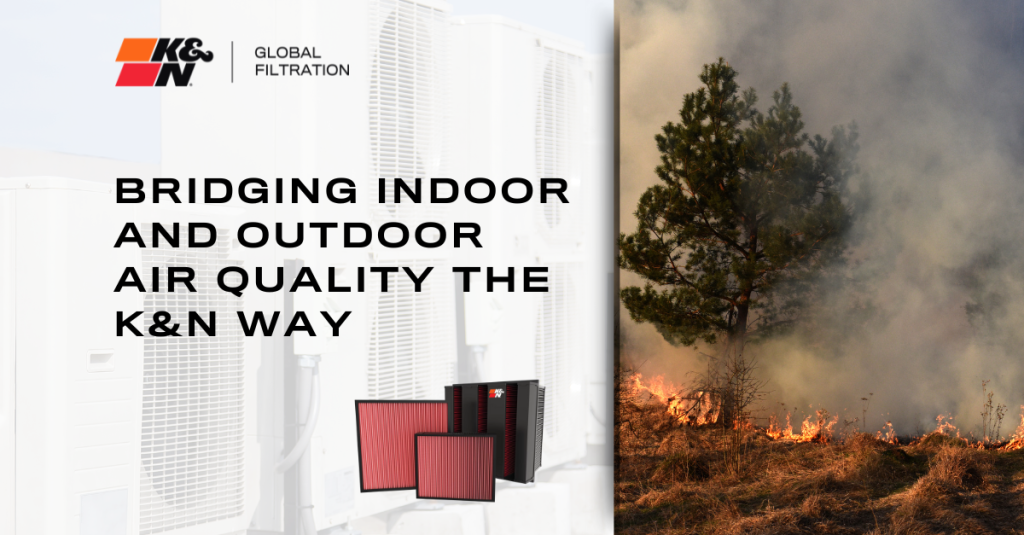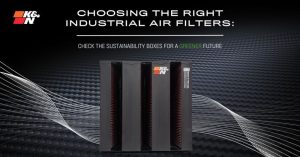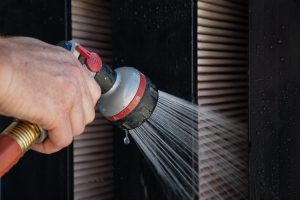Understanding the critical link between external air conditions and indoor environments is vital, especially when the air quality plummets outside and the health of individuals and the integrity of equipment is compromised. Indoor and outdoor air quality are important measures that shouldn’t be overlooked for any business.
Outdoor air quality can be influenced by a variety of factors, including air pollution outside, industrial emissions, vehicular exhaust, pollen and natural disasters such as wildfires. Poor outdoor air quality can lead to increased concentrations of pollutants like particulate matter (PM2.5 and PM10), nitrogen dioxide (NO2), sulfur dioxide (SO2) and volatile organic compounds (VOCs), all of which can infiltrate indoor environments through ventilation systems, open windows and doors. It’s important to monitor air pollution levels and the outside air quality index while being proactive with a quality air filtration system.
Prolonged exposure to these pollutants has been associated with respiratory and cardiovascular diseases, decreased lung function and other serious health issues. In industrial settings, like data centers, contaminants can damage sensitive equipment, leading to operational inefficiencies and increased maintenance costs. This is why air filtration systems are essential for mitigating the impact of external air quality on indoor environments.
The Process: Tackling Outdoor Air Quality and Indoor Air Quality
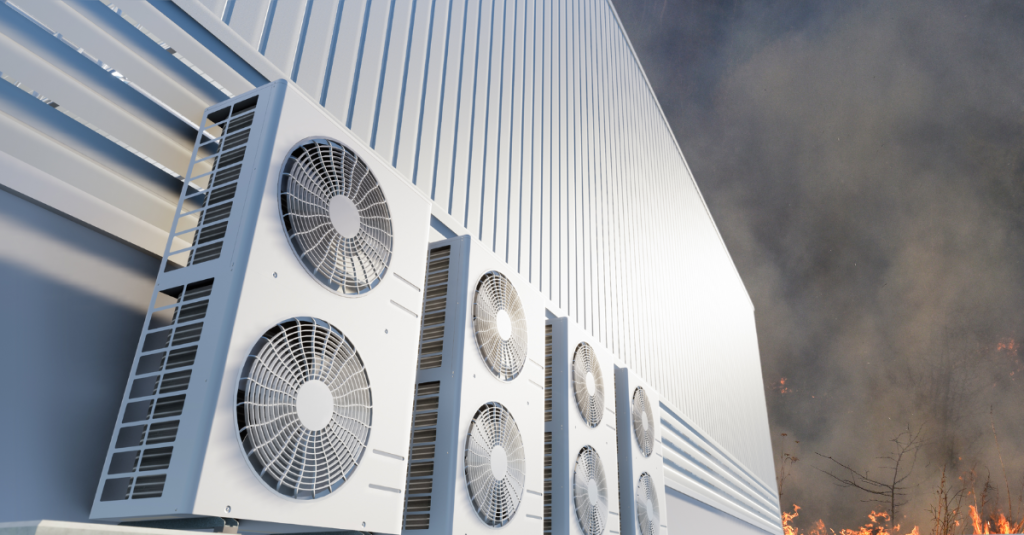
The air filtration process typically starts at the rooftop air handler, where the outdoor air is first brought into the building. Here, K&N filters are installed to capture large particles and contaminants. As the air moves through the ventilation system, additional K&N filters collect airborne particles and pollutants, preventing them from circulating within indoor spaces. K&N’s global filtration air filters are designed to provide better airflow with as good or better filtration efficiency, to filter the most harmful particles before they can even get inside the building.
Our air filters are engineered with advanced synthetic materials that offer high capacity and long service life, making them ideal for industrial applications. The construction of K&N filters also ensures consistent performance even under challenging conditions, providing reliable protection against a wide range of airborne contaminants.
Proven Performance in Extreme Conditions
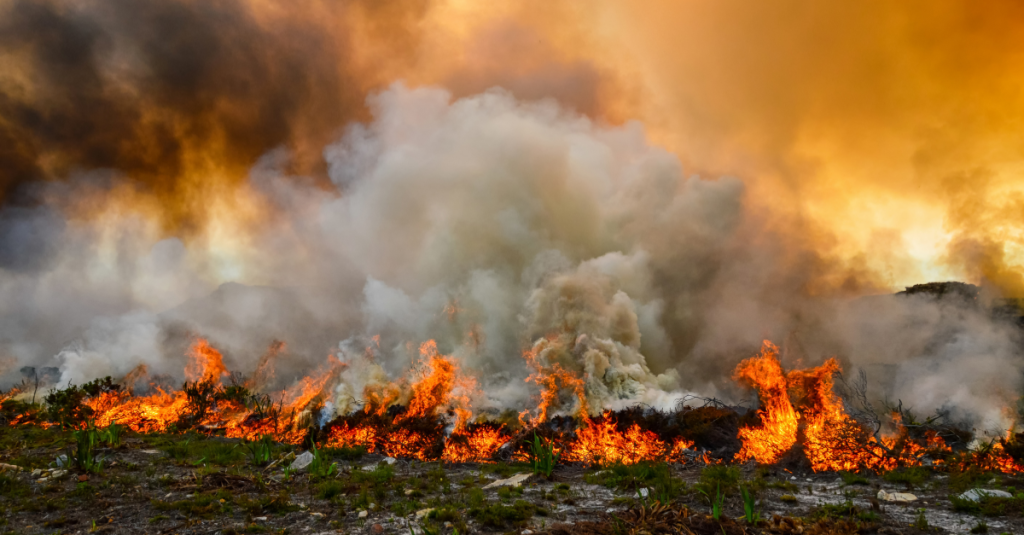
The current wildfires raging across 10 states in the US and parts of Canada are stark reminders of how quickly air quality can deteriorate and how profoundly it can affect human health and critical facilities’ operational integrity.
During the devastating Dixie Fire of 2021, which besieged areas near Reno, Nevada, K&N’s industrial air filters demonstrated unparalleled efficacy. As the fires spewed particulate matter into the air, the challenge to maintain the indoor air quality in affected regions was monumental.
K&N’s filters rose to the occasion, achieving a remarkable feat: reducing outdoor-to-indoor PM2.5 particulates by 50% and shielding the indoors from the hazardous outdoor air.
However, our commitment to air quality extends beyond the immediate benefits of particulate reduction. The Dixie Fire illustrates not just the capacity of K&N filters to maintain air quality but also their role in safeguarding health, protecting sensitive equipment, and ensuring business continuity during adverse environmental conditions. This reliability is paramount across sectors where air quality can significantly impact health outcomes and operational efficiency.
The effectiveness of K&N’s filtration technology during such extreme events offers peace of mind to businesses and individuals alike. Knowing that the air within their facilities remains clean and safe, even when outdoor conditions are dire, is invaluable. This reliability is essential for sectors where air quality can directly impact operational efficiency and health outcomes, such as data centers, healthcare facilities and educational institutions.
Are you interested in learning how you can protect your indoor air quality from the pollutants outside? Contact the K&N team here.

